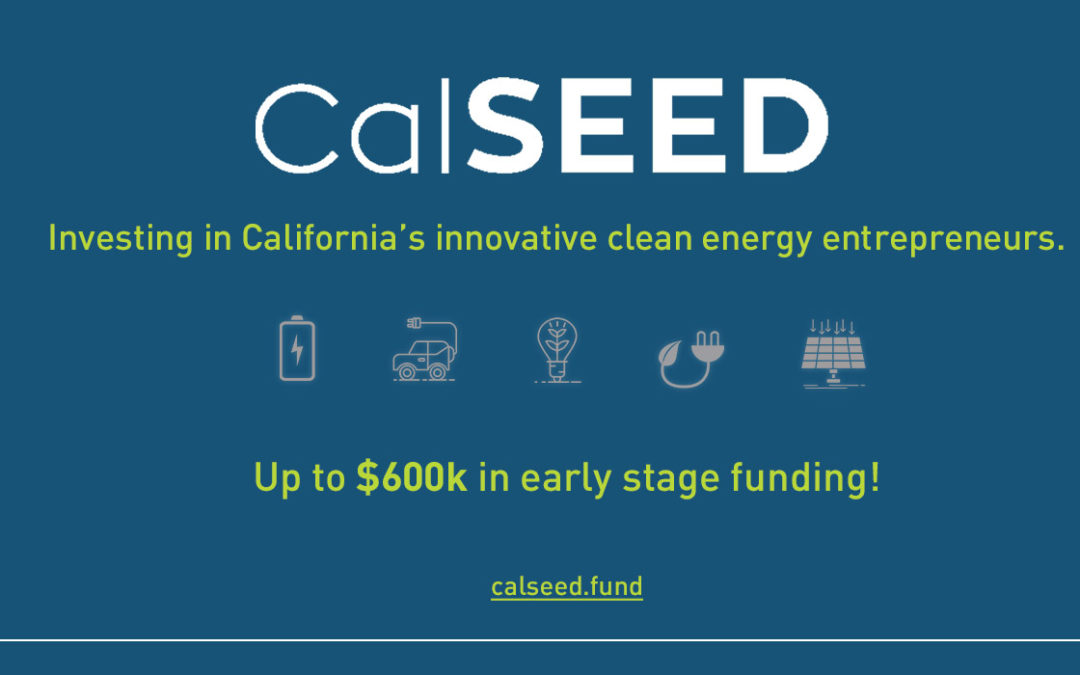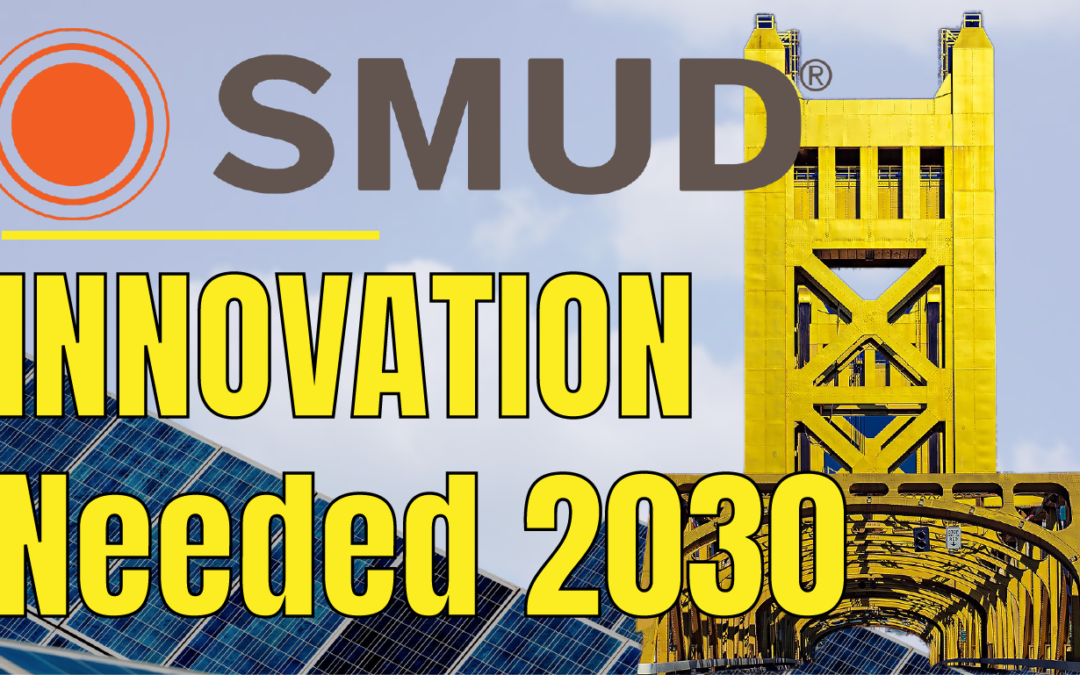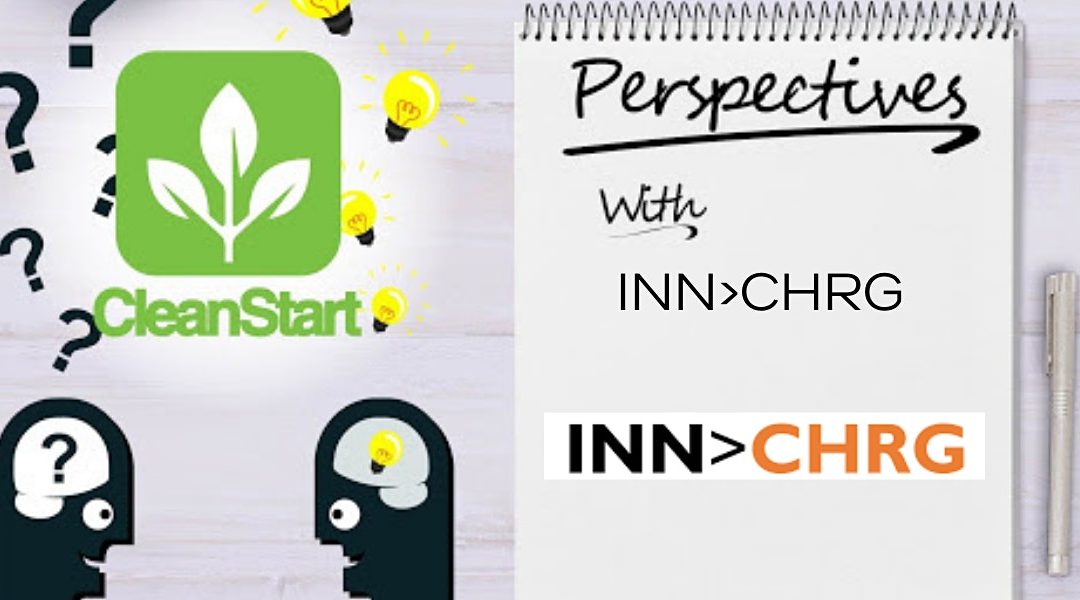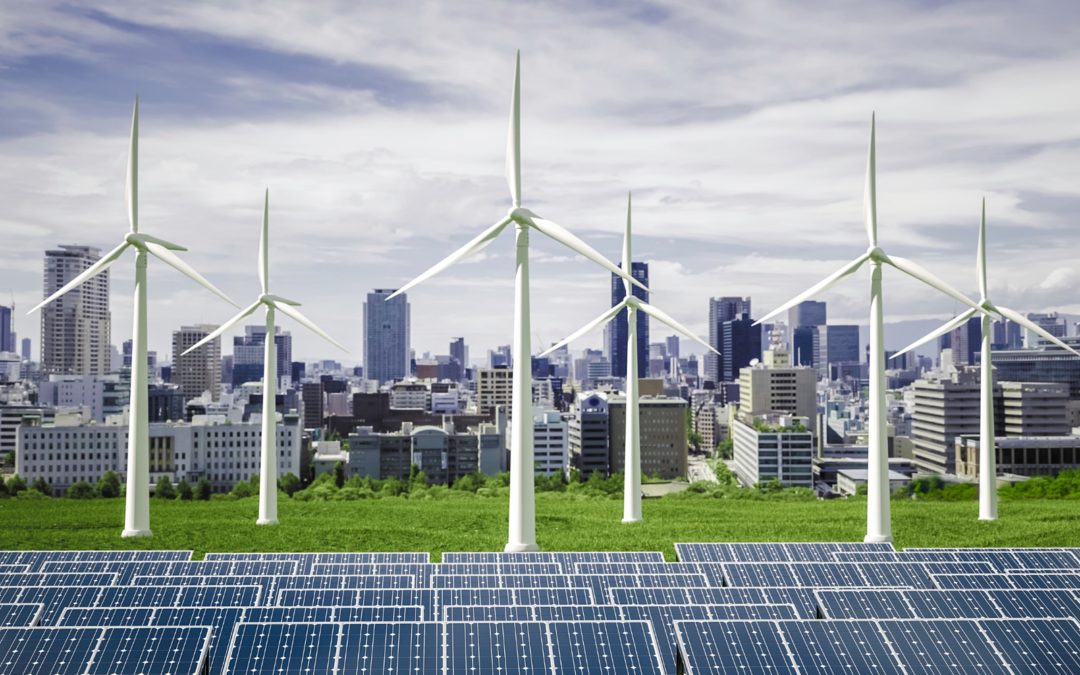
CalSEED Applications Now Being Accepted
We have been saying to be on the lookout for the announcement that the window is open for the next round of CalSEED applications for their Phase 1 Proof of Concept $150,000 awards. These are grants; they are not loans to be repaid, and no surrender of ownership shares is involved. It is one of the best sources of early stage capital available.
The announcement is now out and applications will be accepted August 23-September 5, a much shorter period than usual. There will be two online workshops explaining the process this time held August 18 and 25. One of the key questions with each CalSEED solicitation is what categories of innovations will be eligible for awards. This time, the eligible categories are pretty broad, and you can find them in the application manual on pages 6 and 7.
CalSEED will be looking to make 7 awards from the Central Valley region, and with the short timeframe, there may not be as many competing applications this time.
If you are at all interested in applying, make it a point to watch one of the webinars. Video from the webinars will be posted on CalSEED.Fund. The application and the scoring criteria have some unique features it is important to understand. If you have applied in the past, there is no prohibition on resubmitting a revised version and trying again. As we have done before, we will be happy to review your application and give you advice. We will soon be setting up some “office hours” time slots you can reserve starting August 25.
IMPORTANT CalSEED APPLICATION DATES 2021
Register for Virtual Information Sessions
August 23rd – Applications Open – Apply Here!
September 5th – Applications Close
September 13th – Eligible Applicants Invited to Submit Additional Information
October 3rd – Deadline for Submission of Additional Information from Eligible Applicants
Want Help?
CleanStart is offering feedback on your CalSEED Application. We will have half-hour time slots open up from August 25th to Sept. 3rd. If you don’t find a time availible, please reach out to us though LinkedIn.

ABOUT THE AUTHOR
Gary Simon is the Chair of CleanStart’s Board. A seasoned energy executive and entrepreneur with 45 years of experience in business, government, and non-profits.
CleanStart Sponsors
Weintraub | Tobin, BlueTech Valley, Revrnt,
Moss Adams, PowerSoft.biz, Greenberg Traurig, Momentum,
College of Engineering & Computer Science at Sacramento State





